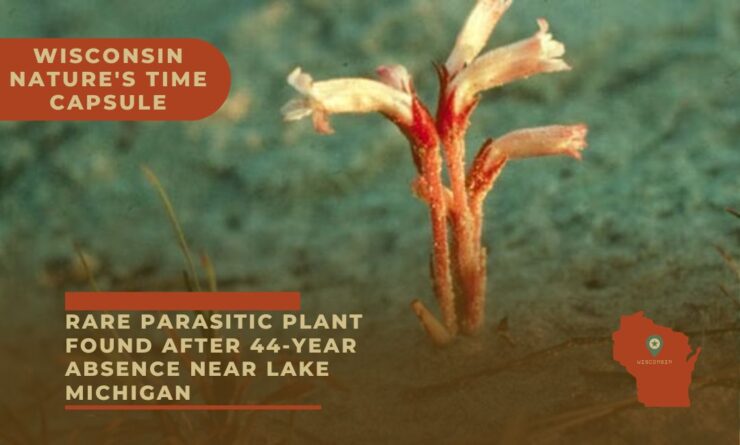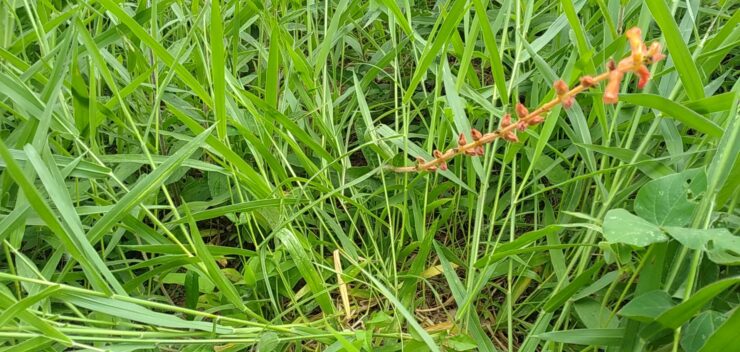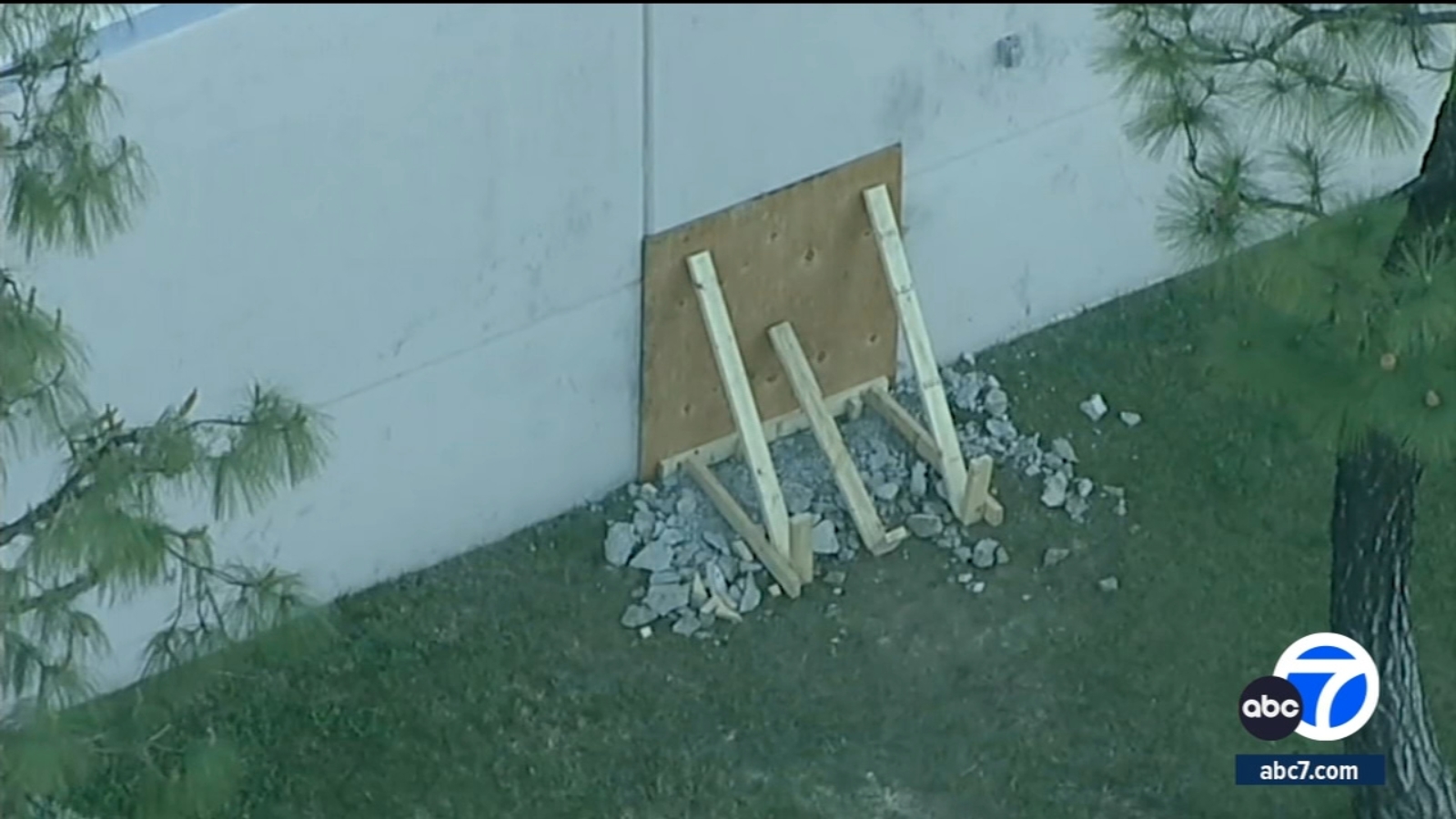In Manitowoc County, Wisconsin, the Department of Natural Resources (DNR) has recently reported the reappearance of a scarce parasitic plant species, unseen for the past 44 years.
Situated “on the dunes overlooking Lake Michigan,” the elusive plant was rediscovered, as per the press release from the Wisconsin DNR on May 3.
The plant, identified as a clustered broomrape (Orobanche fasciculata), was spotted by Tom Underwood, a dedicated volunteer with the Rare Plant Monitoring Program, as mentioned in the DNR’s 2022 Annual Report.
“Tom initiated his quest to locate this specific population, last observed in 1979, back in 2018, but the strenuous search through deep, dry, and loose sand led him to abandon his efforts,” the report shared.
The search was further complicated due to scanty information regarding the plant’s previous sighting location.
The report elaborated, “Clustered broomrape is a minuscule plant that can easily be concealed by shifting sands, and we were lacking precise data on its previous location.”
The quest was akin to the proverbial search for a needle in a haystack.
Broomrapes form the largest family of parasitic plants, as per botanist Mark T. Strong from the Smithsonian National Museum of Natural History.
The Wisconsin DNR characterizes these parasitic plants as possessing between four to ten pedicels (the stalks supporting the flower), with flowers that exhibit a “loose, flat-topped corymb” (a cluster of flowers with elongated stalks) extending beyond the stem.
The DNR’s statement revealed that out of the 2,366 plant species native to Wisconsin, roughly 15% are classified as rare and included in the “endangered, threatened or of special concern list.”
.@WDNR announced that a population of a rare parasitic plant, the clustered broomrape (Orobanche fasciculata), was rediscovered after 44 years. Learn more: https://t.co/c9dMr1bWTL
Read more articles like this in our latest Natural Areas News: https://t.co/QT8VnELA6s pic.twitter.com/OriDbD1Pyy
— Natural Areas Association (@naturalareas) May 15, 2024
In 2022 alone, over 220 rare plant sightings were reported by volunteers across Wisconsin, some even from areas previously undocumented.
Kevin Doyle, a DNR natural heritage conservation botanist and the coordinator of the rare plant monitoring program, shared in the Wisconsin DNR press release, “These new discoveries are indeed thrilling. They augment our comprehension of the quantity and distribution of rare plant species in Wisconsin, enabling us to monitor and safeguard them more effectively.”
He added, “Volunteers also routinely revisit known locations, an equally crucial aspect of the conservation process. If we don’t keep tabs on these populations, we won’t know when they’re facing difficulties.”
Source:
https://www.wpr.org/shows/rare-plant-discovered-wisconsin-wiaa-aims-improve-competition-new-rules










